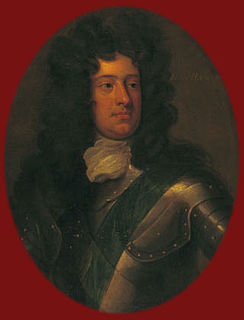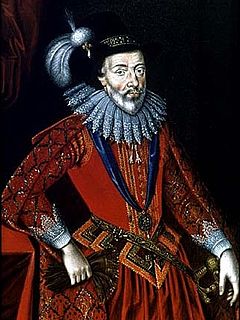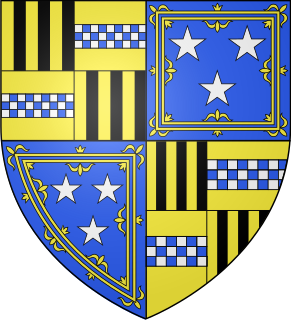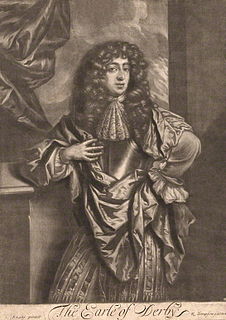This is a list of people who have served as Vice-Admiral of Lancashire .

Lancashire is a ceremonial county in North West England. The administrative centre is Preston. The county has a population of 1,449,300 and an area of 1,189 square miles (3,080 km2). People from Lancashire are known as Lancastrians.
- Lancashire and Cheshire
- Edward Stanley, 3rd Earl of Derby bef. 1569–1572
- Henry Stanley, 4th Earl of Derby 1573–1593
- Ferdinando Stanley, 5th Earl of Derby 1593–1594
- vacant
- William Stanley, 6th Earl of Derby bef. 1606–1638
- James Stanley, 7th Earl of Derby 1638–?

Edward Stanley, 3rd Earl of Derby KG was an English nobleman and politician.

Henry Stanley, 4th Earl of Derby KG was a prominent English nobleman, diplomat, and politician. He was an ambassador, Privy Councillor, and participated in the trials of Mary, Queen of Scots and the Earl of Arundel.
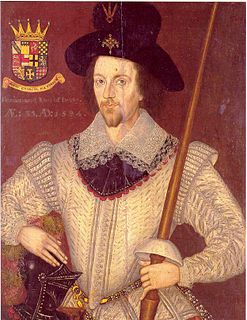
Ferdinando Stanley, 5th Earl of Derby was an English nobleman and politician. He was the son of Henry Stanley, 4th Earl of Derby and Lady Margaret Clifford. Ferdinando had a place in the line of succession according to the Will of Henry VIII, after his mother, whom he predeceased. His sudden death led to suspicions of poisoning amid fears of Catholic plots to overthrow Elizabeth.
- Lancashire
- John Moore 1644–1650 (Parliamentary)
- Interregnum
- Charles Stanley, 8th Earl of Derby 1661–1672 (also Vice-Admiral of Cheshire)
- William Banks 1673–1676 (also Vice-Admiral of Cheshire)
- vacant
- William Stanley, 9th Earl of Derby 1684–1691 (also Vice-Admiral of Cheshire)
- Charles Gerard, 2nd Earl of Macclesfield 1691–1701 (also Vice-Admiral of Cheshire)
- Richard Savage, 4th Earl Rivers 1702 (also Vice-Admiral of Cheshire)
- James Stanley, 10th Earl of Derby 1702–1712
- James Douglas-Hamilton, 4th Duke of Hamilton 1712
- vacant
- Edward Stanley, 13th Earl of Derby 1831–1851
Colonel John Moore (1599–1650) was one of the regicides of King Charles I.

Charles Stanley, 8th Earl of Derby was an English nobleman and politician. He was the only son of James Stanley, 7th Earl of Derby and Charlotte de La Trémouille.
The holder of the post Vice-Admiral of Cheshire was responsible for the defence County of Cheshire, England. As a Vice-Admiral, the post holder was the chief of naval administration for his district. His responsibilities included pressing men for naval service, deciding the lawfulness of prizes, dealing with salvage claims for wrecks and acting as a judge.

